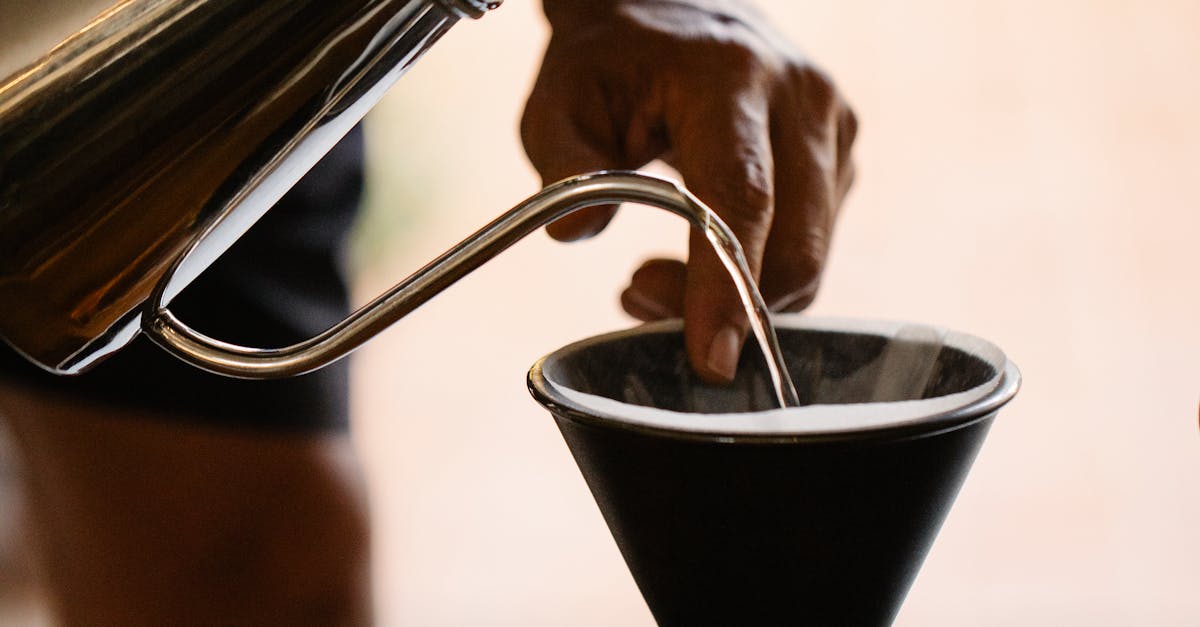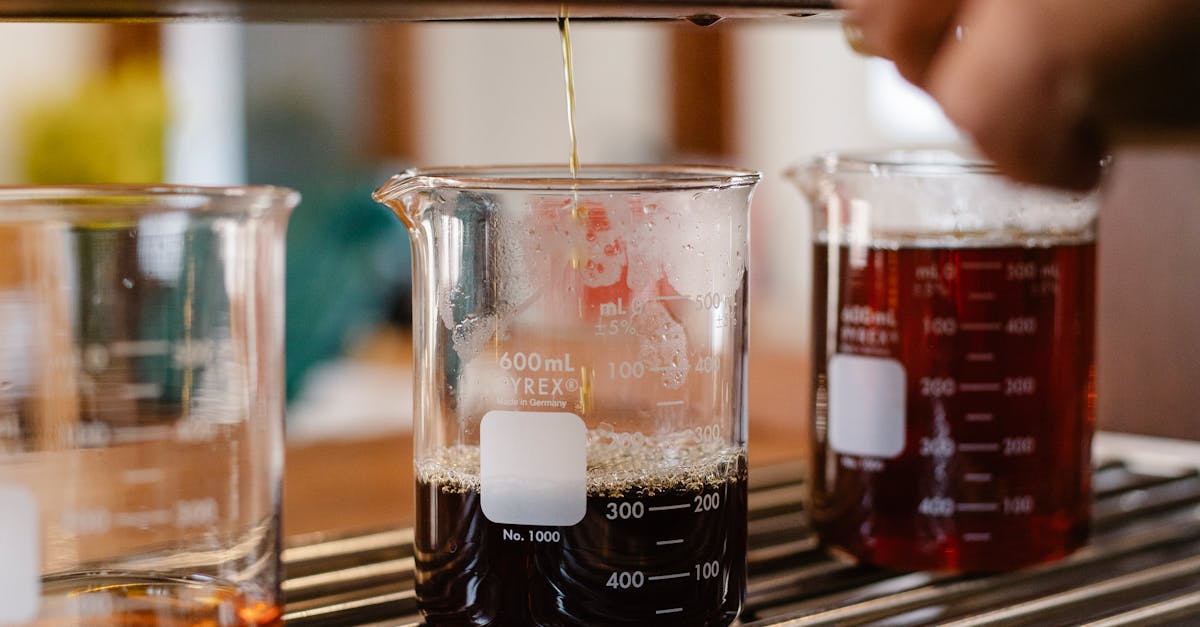
Table Of Contents
Tightening the Drain Valve
To address a leaking drain valve, the first step is to ensure it is tightened securely. This can often resolve minor leaks without the need for replacement. Use a wrench to grip the valve, applying gentle pressure in the clockwise direction. Over-tightening can damage the valve or the water heater itself, so caution is essential. Inspect the area around the valve for any signs of wear or damage as you work.
Regular maintenance of your hot water system includes checking components like the drain valve. If tightening does not eliminate the leak, it may indicate that the valve is faulty. Consider replacing it with a new part from a reliable brand. Many suppliers offer a range of hot water system parts and accessories, ensuring you can find a suitable replacement that fits your specific water heater model.
Tools and Techniques for a Secure Fit
To ensure a secure fit while working on your water heater drain valve, having the right tools is crucial. A wrench or pliers will aid in gripping the valve firmly for tightening or loosening. Additionally, an adjustable wrench can provide versatility, as it adapts to various sizes of fittings. Having a bucket or towel handy can help contain any water that might leak during the process. Access to spare Hot Water System Parts and Accessories is also advisable, as they may be needed if any part of the valve is stripped or damaged during adjustments.
Proper techniques are equally important for achieving a leak-free connection. When tightening the drain valve, apply pressure gradually to avoid over-tightening, which can damage the threads or crack the valve. A consistent motion ensures even pressure distribution. Remember to check for leaks after making any adjustments. If the valve continues to leak, it may be necessary to reassess the alignment and condition of the valve and connector. Keeping your tools organized and following a clear plan can make this task more manageable and efficient.
Replacing the Drain Valve
Replacing the drain valve on a leaking water heater may seem daunting, but it can be accomplished with the right approach. First, it is crucial to turn off the power supply to the water heater and shut off the cold water supply. Next, drain the tank partially to relieve pressure and prevent any water from spilling during the process. Once the tank is drained, locate the drain valve at the bottom. Using a wrench, carefully unscrew the old valve.
After removing the old valve, inspect the threads for any debris or damage that might hinder a secure fit for the new unit. It's important to choose a quality replacement valve compatible with your water heater model. You can find various options in local hardware stores or online retailers specializing in Hot Water System Parts and Accessories. When installing the new valve, ensure that it is tightened securely by hand and use a wrench for an extra snug fit, but avoid over-tightening to prevent damage.
A StepbyStep Guide to Installation
Replacing a leaking water heater drain valve requires a systematic approach. First, turn off the power supply or gas to the water heater. Next, shut off the cold water supply line to the heater. It's essential to allow the unit to cool down if it has been in use. After the heater has cooled, connect a garden hose to the drain valve and direct the other end to a safe drainage location. Open the drain valve to allow the tank to fully empty, which may take some time.
Once the tank is empty, use a wrench to remove the old drain valve by turning it counterclockwise. Ensure that you have a bucket handy to catch any remaining water. Before installing the new valve, inspect the threads for any debris. Wrap the threads of the new valve with Teflon tape for secure sealing. Align the new drain valve with the threads and tighten it clockwise until snug. Reconnect any necessary parts and turn on the cold water supply. As you work through the steps, remember that sourcing quality parts from suppliers of Hot Water System Parts and Accessories can make a significant difference in the durability of your repairs.
Using Teflon Tape for Sealing
Teflon tape serves as a reliable sealing solution for threaded connections on plumbing fixtures, including water heater drain valves. When applied correctly, it helps prevent leaks by creating a watertight barrier between the threads of the valve and the fitting. This simple yet effective method is often recommended for ensuring the longevity of connections in hot water systems. Home improvement stores typically stock Teflon tape, which is also considered a staple in the toolkit of many DIY enthusiasts.
Applying Teflon tape is a straightforward process. Start by wrapping the tape around the threads of the drain valve in a clockwise direction, making sure to cover the threads completely without overlapping too much. A couple of layers are usually sufficient to achieve an effective seal. After wrapping, carefully screw the drain valve back into place, giving it a firm turn to secure the seal. This technique not only enhances the reliability of the connection but also contributes to better performance of hot water system parts and accessories.
Application Tips for Effective Sealing
When applying Teflon tape to a water heater drain valve, it is essential to wrap the tape in a clockwise direction. This ensures that the tape will not unravel when the valve is screwed onto the pipe. Start by winding the tape around the threads of the drain valve, overlapping slightly as you proceed. A minimum of three to four wraps is usually sufficient for a tight seal. Be careful not to overdo it, as too much tape can make it difficult to tighten the valve properly.
After applying the tape, check for any frayed edges and trim them to avoid interference during installation. It’s also helpful to inspect other Hot Water System Parts and Accessories to ensure that there are no additional leaks. Once everything is in place, hand-tighten the valve before using a wrench for a snug fit. Avoid overtightening, as this can damage the threads and lead to more leaks over time.
FAQS
What causes a water heater drain valve to leak?
A water heater drain valve can leak due to wear and tear, improper sealing, or damage to the valve itself. Over time, sediment buildup and temperature fluctuations may also contribute to leaks.
How can I tell if my drain valve is leaking?
You can identify a leak by checking for water pooling around the base of the water heater or observing water dripping from the drain valve. If you notice any moisture or dampness, it may indicate a leak.
Can I fix a leaking drain valve without replacing it?
Yes, in many cases, you can fix a leaking drain valve by tightening it or applying Teflon tape to improve the seal. However, if the valve is damaged, replacement may be necessary.
What tools will I need to fix a leaking drain valve?
You'll typically need adjustable pliers or a wrench for tightening, Teflon tape for sealing, and possibly a screwdriver for installing a new valve if replacement is necessary.
How often should I check my water heater drain valve for leaks?
It's a good practice to check your water heater drain valve at least once a year during routine maintenance to ensure it is functioning properly and to prevent potential leaks.





























